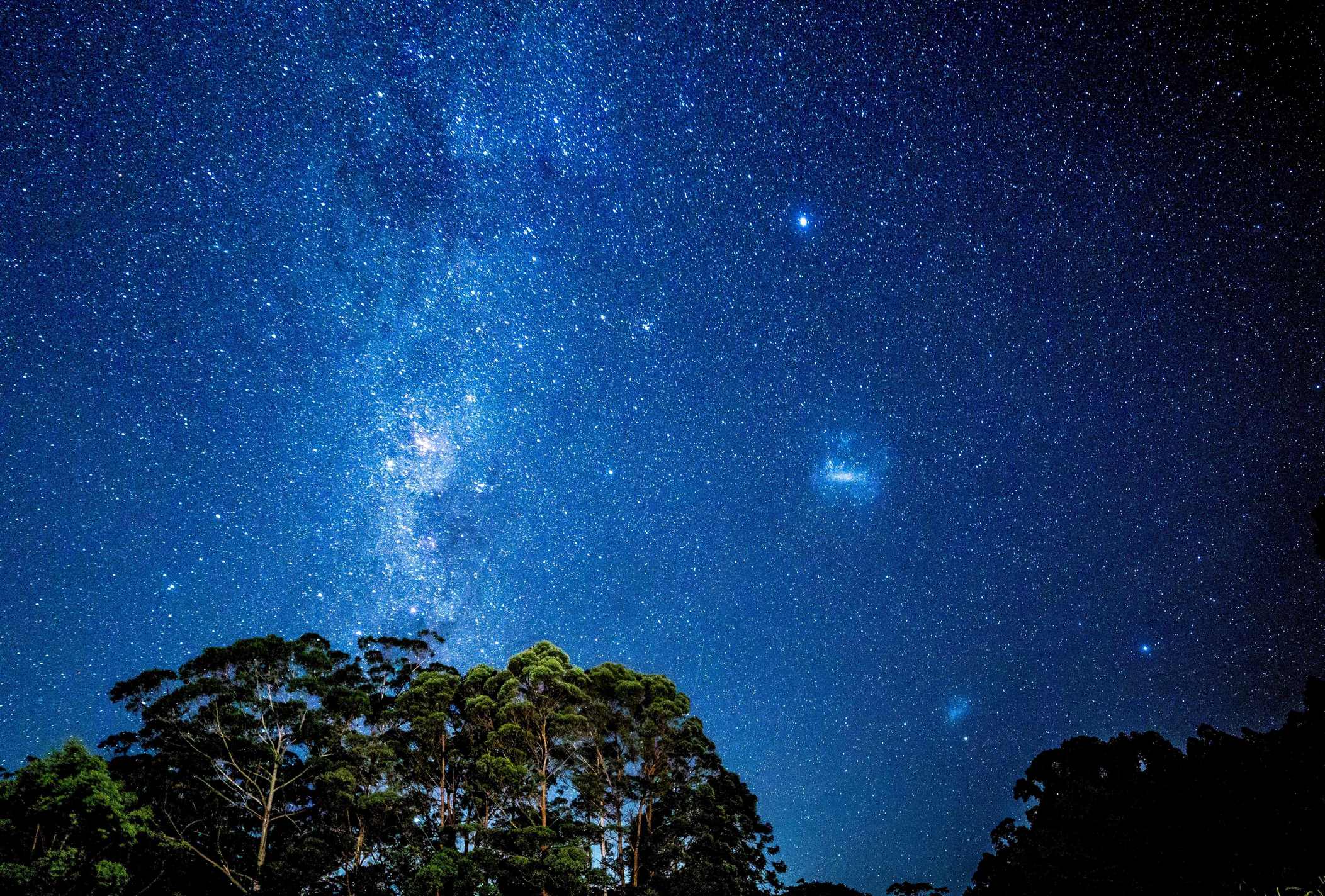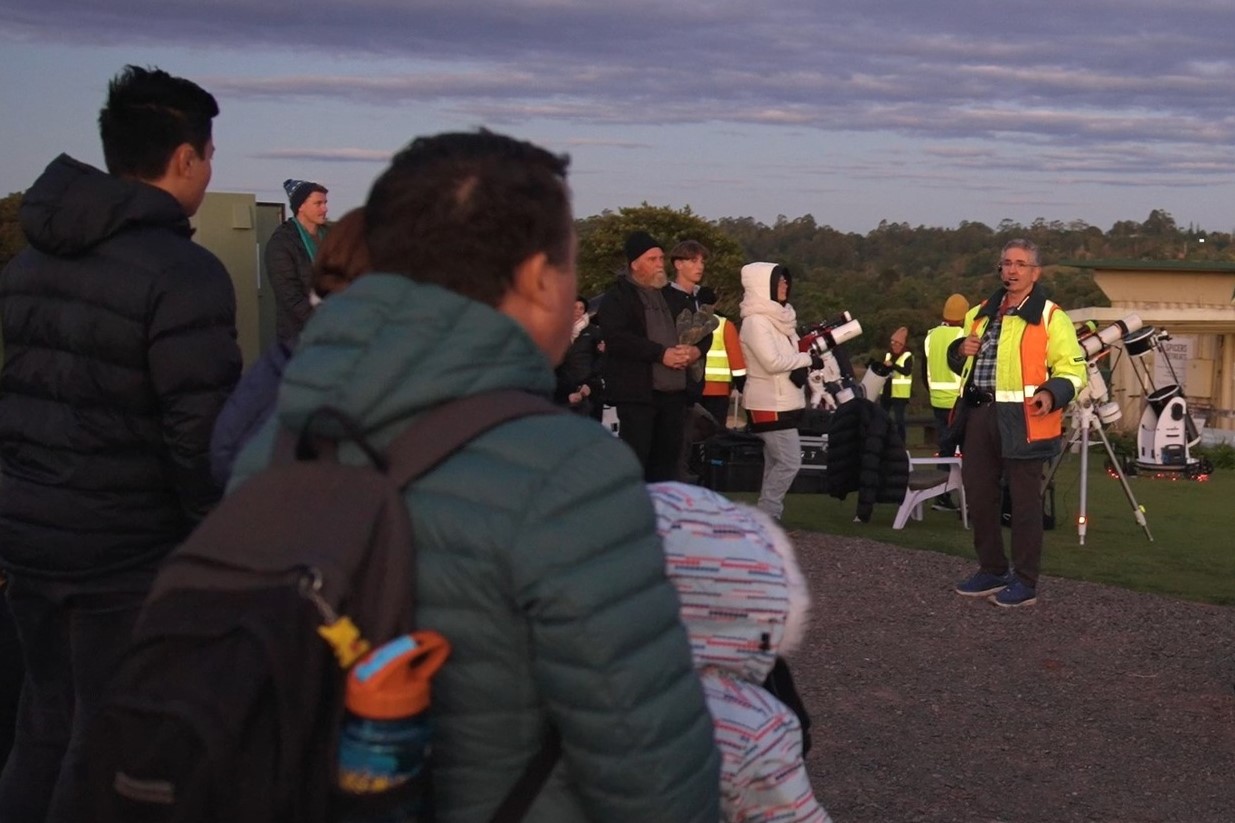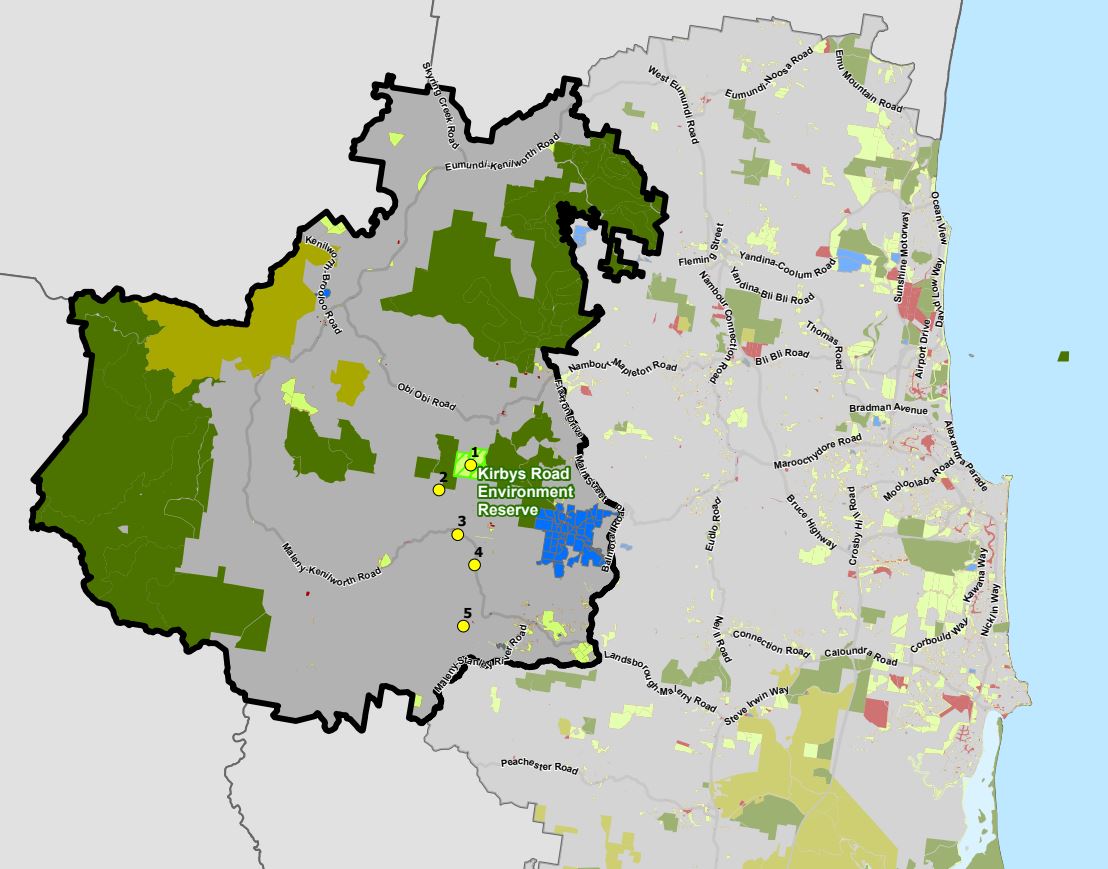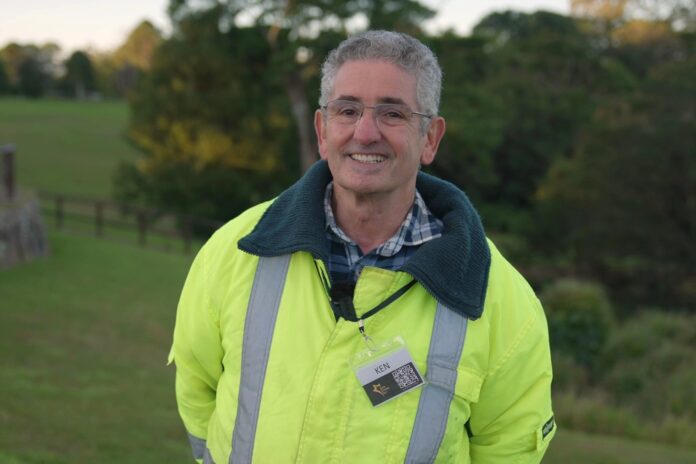Australia’s first full-time helicopter rescue doctor is now doing what he can to save the dark night sky.
Sunshine Coast resident Dr Ken Wishaw was an anaesthetist, helicopter rescue doctor and medevac officer for the Royal Australian Air Force and Australian Army.
He co-founded CareFlight and the NSW Medical Retrieval Service, pioneered helicopter medicine and helped to develop life-saving initiatives and techniques like battle trauma management and a mobile intensive care unit for transferring patients.
In his retirement, he has turned to fulfilling a lifelong passion, completing a post-graduate certificate in astronomy and becoming an advocate for the night sky.
“Astronomy’s been in my family since the mid-1800s,” he said.
“One of my first memories is my uncle showing me Saturn through the big old brass family telescope.
“I asked him: is that painted on the eyepiece?”
Dr Wishaw serves as secretary of the Brisbane Astronomical Society and co-founded the Australasian Dark Sky Alliance, which advises policy makers on light pollution matters.
He is also a leading community champion in the bid to establish a Dark Sky Reserve in the Sunshine Coast hinterland.
Establishing the proposed reserve is a project in progress by Sunshine Coast Council, with further investigations underway after a community consultation phase earlier this year.

Dr Wishaw’s dedication has now been acknowledged after he received the Dark Sky Defender Award for 2024 from Dark Sky International.
The award was one of only six handed globally amongst its 193,000 members at the Dark Sky International Conference, to committed individuals or organisations who work towards preserving night skies.
Dr Wishaw organises the popular community stargazing nights at Maleny Observatory, although cloudy conditions for much of 2024 have been a frustration.
He believed too many people take our starry skies for granted: something he realised on a rafting trip down the Grand Canyon in the USA, travelling with others from Florida.
“The first night, they asked if I could point out the stars to them,” he said.
“While I was doing this, one of them started crying.
“When I asked what was going on, she said this was only the second night in her life she’d ever seen a star.”
Want more free local news? Follow Sunshine Coast News on Facebook, LinkedIn and Instagram, and sign up for our FREE daily news email.
More than 80 per cent of the world’s population lives under light polluted skies, and 90 per cent for those living in the USA or Europe.
“Environmentally, it’s important we protect our wildlife, many of which rely on the night in their predator-prey relationships,” Dr Wishaw said.
“Further, one third of plant pollination occurs at night and is seriously affected by excessive lighting.”
That’s because night pollinators such as bats and insects need dark nights to travel and feed.

Excessive light at night impacts human health and wellbeing, also contributing to more greenhouse gas emissions and higher energy demand.
“From a heritage point of view, we should remember that we’re looking up at the same stars that navigators have used for thousands of years,” Dr Wishaw said.
“Particularly our First Nations people, who were the first astronomers and the first navigators to use the night sky throughout their ways of navigating across the country.”
A Dark Sky Reserve is an international designation that recognises places across the world that are committed to preserving and protecting dark sites.
Establishing the proposed 873sqkm reserve is expected to improve wellbeing, protect wildlife, support astrotourism, support responsible lighting and bring communities together in celebration of the night sky.
The proposed Dark Sky Reserve area includes the townships of Maleny, Mapleton, Montville, Witta, Flaxton and Conondale.
The process to establish the reserve presents opportunities for the community to get involved and consider lighting to care for dark skies.
“Once you lose it, it’s very hard to get back,” Dr Wishaw said.

“I’d like people to look after it by doing the four simple things: not shining light up into the sky, using only warm coloured light outside, turn it off when it’s not needed or use motion sensors or timers, and spread the word to your neighbours so that they can join and do the same things.”
In ideal conditions in dark places in our region, the Milky Way can be so bright it can cast a shadow.
For Dr Wishaw, stargazing is both comforting and awe-inspiring.
“It’s a place that I’m very familiar with, so it feels like home, like my own backyard,” he said.
“When I think about the scale of it and the size of it, it’s really kind of the ultimate wilderness experience.
“You just can’t get further away and further out in the wilderness than out amongst the stars.”
Long after his first view of Saturn, it’s that same sense of childhood wonder that keeps him looking skyward.
“We live in the spiral Milky Way galaxy, which has between one and four thousand million stars and at least as many planets,” he said.
“But on any night, you can go out, hold your thumb up to the sky and know there are 10 million galaxies behind your thumb.”





